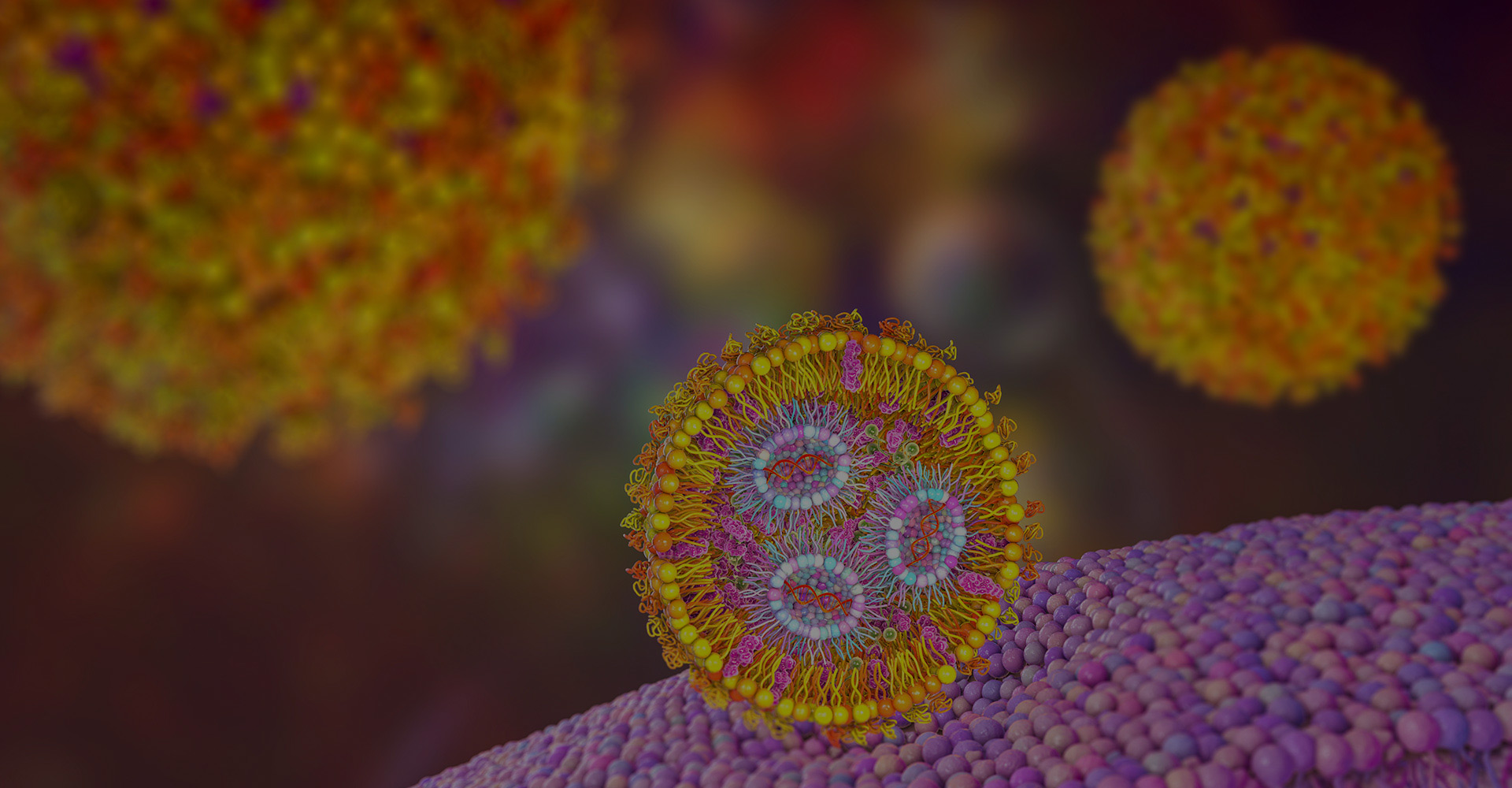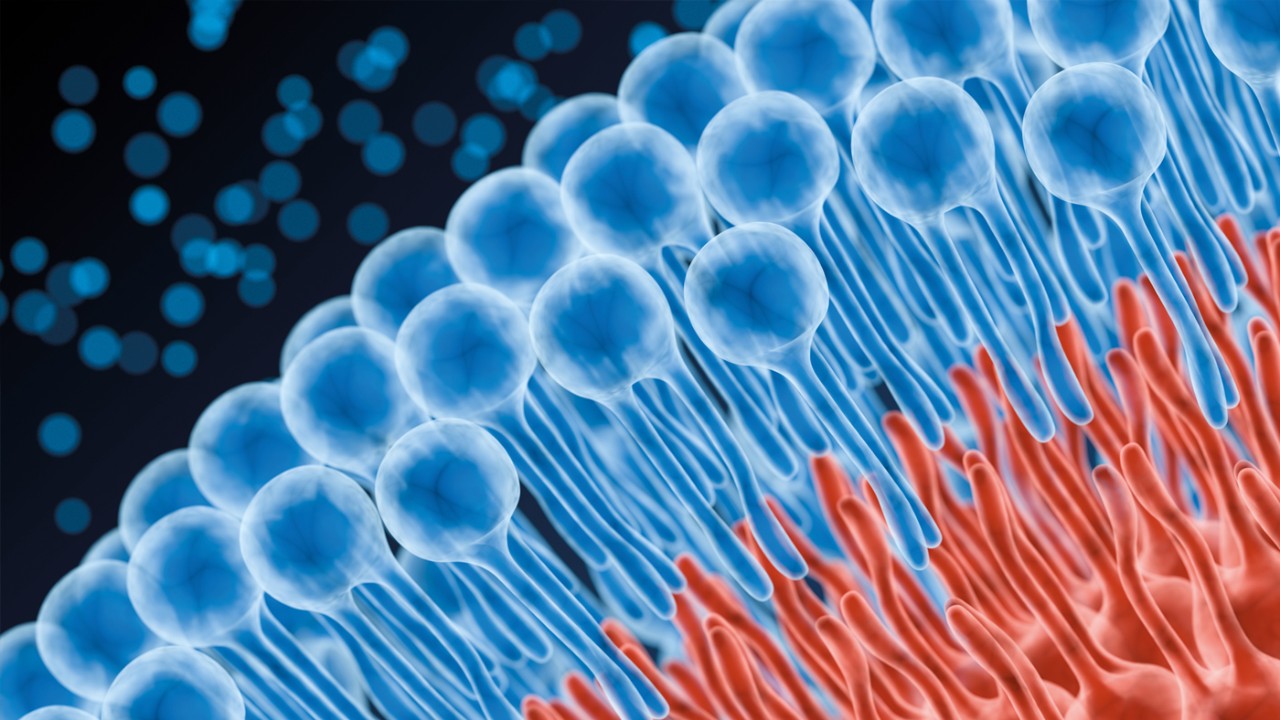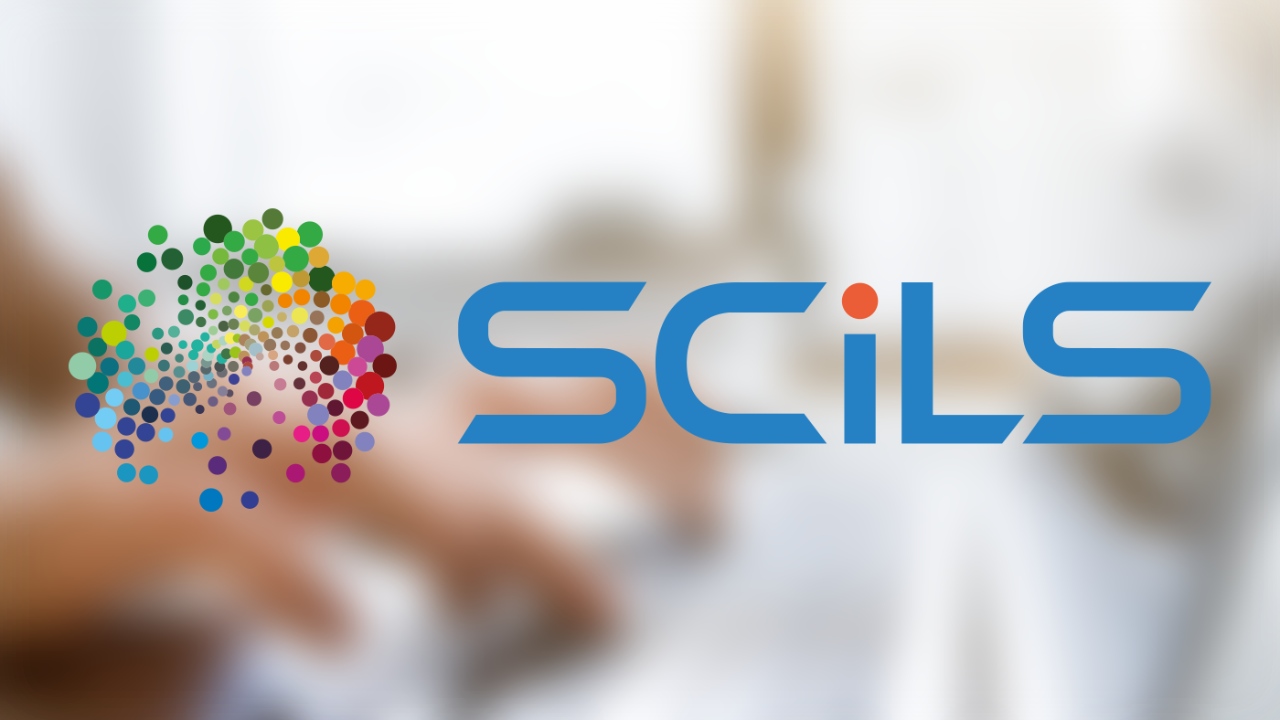

Lipidomics
Lipidomics
Lipidomics, a growing field, offers a fresh look at cellular biology by studying lipids—the building blocks of cell membranes and essential components of cellular signaling pathways. Lipidomics aims to enable improved understanding of the diverse lipid profiles within a cell, tissue, or organism. This approach sheds light on how lipids participate in complex cellular processes.
Lipids play a crucial role in metabolic diseases, driving interest in lipidomics research. Scientists search for biomarkers within the lipidome seeking telltale signs of disease or indicators of internal and external disturbances. However, detecting, measuring, and identifying these lipids is challenging due to their diversity in structure and natural abundance.
Enter the innovative 4D-Lipidomics™ workflow, a powerful tool for lipid elucidation. This groundbreaking solution tackles the complexities of lipid annotation head-on, offering unique benefits that streamline the lipidomics journey. With its comprehensive approach, the 4D-Lipidomics™ workflow empowers researchers to measure lipids confidently, paving the way for transformative discoveries in cellular biology and disease pathology.
TIMS and Mass Spectrometry: A Powerful Combination For Advanced Lipidomics
Despite its critical role in analyzing lipids, lipidomics research faces persistent challenges which include:
- Limited sensitivity: Current methods often miss less abundant lipids, hindering a comprehensive understanding of the complete lipid profile.
- Quantifying a multitude: Biological samples harbor a vast array of lipid molecules, making precise quantification a formidable task. A challenge remains in specificity and sensitivity, which are key to differentiating and accurately measuring these closely related species.
- Annotation ambiguity: Unequivocally identifying specific lipid molecules within a sample is crucial for meaningful analysis. However, assigning the correct identity (annotation) to each detected molecule can be difficult.
- Inconsistent workflows: Fragmented workflows relying on multiple instruments and software platforms can be error-prone and time-consuming.
- Limited reference library: The lack of readily available reference standards for many lipid species hinders the identification process.
Harnessing the Power of Bruker 4D-Lipidomics™ Solutions
The Bruker 4D-Lipidomics™ solution offers a user-friendly approach for both untargeted lipid profiling and targeted lipid panel analysis fit for users at all levels of experience. Exceptional performance in both positive and negative ionization modes helps users gain excellent lipid coverage, forging ahead into a new era of lipidomic discovery.
Enhanced Lipidome Coverage
Bruker Bio-LP columns and TIMS work together to enable rapid and high-capacity lipid separations from complex biological samples, helping to achieve significant improvement in lipidome coverage.
Simplified data analysis owing to improved chromatographic peak shape, resolution, and retention time reproducibility sets the foundation for higher confidence in automated lipid annotation. TIMS routinely enhances the separation of structurally distinct isobaric and isomeric lipids, benefitting measurement selectivity and providing an extra dimension of separation for improved peak capacity.
Unprecedented Acquisition Speed and Depth
Leverage the power of PASEF® on timsTOF HT or timsTOF fleX. PASEF® acquires significantly more MS/MS data in a single run than traditional methods, translating to over 10x more spectra. This means deeper exploration of your lipidome, uncovering even low-abundance species. With PASEF® technology, even the smallest LC peaks reveal their secrets.
Sharper Focus on Your Lipids
(A) Heatmap showing the mobility separation of two isobaric phospholipids co-eluting from reverse phase LC.
(B) Clean PASEF® MS/MS spectra after mobility separation.
Isomeric and isobaric interferences can be a major hurdle in lipid analysis. Bruker's 4D-Lipidomics™ solution tackles this challenge head-on with MOMA (Mobility Offset Mass Aligned) technology. MOMA utilizes the unique capabilities of timsTOF to remove these interferences, resulting in cleaner MS/MS spectra. This translates to more confident lipid identification and characterization, allowing you to focus on the most relevant data for your research.
A Clearer Picture of Your Lipidome
With Bruker's 4D-Lipidomics™, you gain a comprehensive understanding of your lipid landscape. The combination of high acquisition speed and cleaner MS/MS spectra empowers you to:
- Identify a wider range of lipid species: Gain a more complete picture of your lipidome, including low-abundance lipids that might be missed by traditional methods.
- Confidently characterize lipid structures: MOMA-cleaned spectra provide a clearer view for accurate lipid identification and structural analysis.
- Measure lipid abundance with greater precision: With a broader range of lipids identified and cleaner spectra, you can achieve more accurate quantification of individual lipid species within your samples.
"PASEF® already out of the box increases the precursor coverage of lipids with an associated MS2 spectra to 70%. These MS2 spectra are essential for the correct identification of lipids. On top, the use of CCS adds additional confidence in annotation by adding an additional layer of information to RT, MS and MS/MS."
Dr. Michael Witting, Co-Head Metabolomics and Proteomics Core, Helmholtz Zentrum Munich, Neuherberg, Germany
Targeted analysis with prm-PASEF®
Beyond broad lipid discovery, prm-PASEF® offers targeted analysis with exceptional sensitivity and selectivity. By combining annotations from untargeted data to automated targeted prm-PASEF® methods, this powerful technique unlocks a deeper understanding of your lipidome, providing researchers with a more focused analytical workflow aimed at larger sample cohorts.
Key advantages of prm-PASEF®:
- Targeted efficiency: Analyze pre-defined lipid panels crucial to your research. Focus on specific lipid classes or pathways, saving time and resources by excluding irrelevant lipids.
- Seamless integration with untargeted data: prm-PASEF® seamlessly integrates with your untargeted lipidomics data. Generate targeted lists automatically from initial discoveries, allowing you to delve deeper into intriguing lipid species.
- Discover the low-abundance landscape: prm-PASEF®'s exceptional sensitivity allows detection and characterization of low-abundance or rare lipids often missed by other methods. This provides a more complete picture of your lipid landscape.
- Confident tracking of subtle changes: Even minor fluctuations in lipid levels can be crucial. prm-PASEF®'s high sensitivity enables confident tracking of these subtle changes, offering valuable insights into cellular processes and potential biomarkers.
- Flexibility for both positive and negative modes: prm-PASEF® performs exceptionally well in both positive and negative ionization.
"The new CCS-enabled workflow with T-ReX 4D in MetaboScape® allows us to accurately and precisely normalize our lipid class concentrations with labelled internal standards. By adopting this straightforward solution, we observed a noticeable improvement in the mean relative standard deviations among the covered lipids. This represents another crucial step towards enhancing reproducibility in our lipidomics research."
Heiko Hayen, Ph.D., Professor for Analytical Chemistry, Institute of Inorganic and Analytical Chemistry, University of Münster, Germany
Beyond Powerful Acquisition: A Comprehensive Software
The true power of lipidomics lies not just in acquiring exceptional data, but also in its interpretation. Bruker's 4D-Lipidomics™ solution goes beyond acquisition to provide a comprehensive data processing and annotation suite, empowering you to unlock the secrets hidden within your lipidomics data.
Precision Lipid Annotation
Each lipid species has a unique combination of structural components including distinct headgroups and fatty acids. Lipid characterization is typically achieved using MS/MS fragmentation patterns to decipher each lipid’s composition, including species, total carbon, and number of double bonds. When interpreting this data, care must be taken to avoid misinterpretation using ambiguous spectral data. By utilizing the automated rule-based annotation in MetaboScape®, which adheres to the Lipid Standards Initiatives data reporting protocols, MS/MS data is deconvolved to provide lipid annotations at the appropriate level with accuracy and confidence. This confidence is further supported by comparison-based validation between the measured lipid collisional cross section (CCS) values of each lipid vs. those accurately predicted from their annotations.
In the intricate interplay of cellular signaling, precise lipid data becomes paramount. 4D-Lipidomics™ annotates data carefully, ensuring no false biological interpretations are made.
Intuitive 4D Visualization for Deeper Insights
Automated rule-based annotation is a fast and easy way to interpret lipidomics data. That being said, the stringency required to publish in high impact journals or translating results into biomarker panels requires checking the raw data. And who knows? You might find something you weren’t expecting by using intuitive 4D-visualization tools designed to make in-depth analysis of your data easier.
Kendrick mass defect plots are just one way to identify novel lipids that weren’t automatically annotated, or to pinpoint those lipids that are outliers in the retention time or CCS dimension.
Lipid Database Searching
Simple tools to make research easier. MetaboScape® connects you with searches in LipidMaps, PubChem, ChemSpider, and ChEBI to gain in-depth information on annotated lipids.
Enhanced Annotation Confidence with CCS Prediction
Collision Cross Section (CCS) values offer valuable insights into a lipid's structure. Bruker's CCS-Predict Pro takes annotation confidence a step further. It matches your lipid data to predicted CCS values based on shorthand notations, offering an additional layer of verification for your annotations.
Reduce the risk of errors by verifying annotations with CCS predictions; minimize the chance of misidentifying lipids.
Seamless Workflow for timsTOF Data Analysis: From Acquisition to Annotation
Bruker offers a powerful software duo – MetaboScape® and SCiLS™ Lab – that seamlessly integrates with timsTOF data. This integration streamlines the entire workflow, from data acquisition to annotation, for both ESI (electrospray ionization) and MALDI (matrix-assisted laser desorption/ionization) Imaging data.
MetaboScape® software excels at processing and analyzing ESI data from timsTOF instruments. Its advanced features enable comprehensive non-targeted analyses for applications like metabolomics, lipidomics, and phenomics.
While SCiLS™ Lab is a dedicated software solution for MALDI Imaging data. It provides researchers with a robust platform for visualizing, analyzing, and interpreting complex MALDI Imaging datasets.
By leveraging the combined strengths of MetaboScape® and SCiLS™ only possible with the 4D-Lipidomics™ Solution by Bruker, gain a streamlined workflow, comprehensive data analysis capabilities, and ultimately, deeper insights into biological samples.
Videos
Literature Room
More Literature
- Lerner R, Baker D, Schwitter C, Neuhaus S, Hauptmann T, Post JM, Kramer S, Bindila L. Four-dimensional trapped ion mobility spectrometry lipidomics for high throughput clinical profiling of human blood samples. Nat Commun. 2023 Feb 20;14(1):937
- Rudt E, Feldhaus M, Margraf CG, Schlehuber S, Schubert A, Heuckeroth S, Karst U, Jeck V, Meyer SW, Korf A, Hayen H. Comparison of Data-Dependent Acquisition, Data-Independent Acquisition, and Parallel Reaction Monitoring in Trapped Ion Mobility Spectrometry-Time-of-Flight Tandem Mass Spectrometry-Based Lipidomics. Anal Chem. 2023 Jun 27;95(25):9488-9496
- Xi Chen, Yandong Yin, Mingdu Luo, Zhiwei Zhou, Yuping Cai, Zheng-Jiang Zhu.Trapped ion mobility spectrometry-mass spectrometry improves the coverage and accuracy of four-dimensional untargeted lipidomics. Analytica Chimica Acta 1210 (2022) 339886
For Research Use Only. Not for use in clinical diagnostic procedures.






